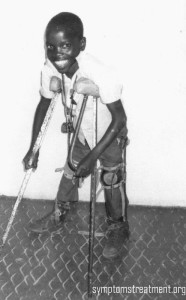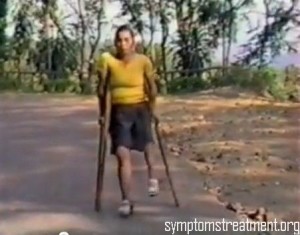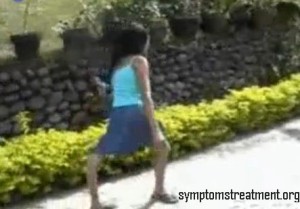What is polio?
Polio is a fatal disease caused by a viral infection. In the early 1900’s polio was known to cause fatality to thousands of residents in the United States. Luckily, scientist Jonas Salk discovered a vaccine to prevent this viral disease from happening.
The medical term for polio is poliomyelitis. The word originated from the Greek words, polios (gray) and myelos (marrow), with the English suffix, itis (inflammation). So putting it all together, polio is an inflammation of the spinal cord’s gray matter. Polio happens when the virus invades the spinal cord. This is very critical because if the infection is severe, it could cause paralysis because the spinal cord consists of the nerves that allow the person to move.
Types and Causes of Polio
Polio is a tough disease to detect. Based on statistics, 95% of cases gave no signs and symptoms of the disease at all. Only about 4-8% shows symptoms. There are three forms of polio that manifests symptoms:
• Abortive polio – this is the mildest form of polio. The symptoms are general and do not really directly help pinpoint that the illness is indeed polio. The symptoms are flu-like such as sore throat, tiredness, fever and diarrhea.
• Non-paralytic polio – this is a more serious form of polio. Signs and symptoms would help distinguish that the disease is definitely polio. These would include sensitivity to light and stiffness of the neck.
• Paralytic polio – this is the most severe type of polio. As the name implies, the individual can slowly feel numbness on his extremities such as the feet or arms.
Polio is caused by any one of these viruses: Type 1 virus (Brunhilde virus), Type 2 virus (Lansing virus), and Type 3 virus (Leo virus). In the United States, Type I virus or the Brunhilde virus is the most common cause of polio.
Polio Vaccine
The best way to prevent polio is to acquire vaccination. There are two types of known and effective vaccination, namely, Oral polio vaccine (OPV) and the inactivated polio vaccine (IPV). In the earlier years, oral polio vaccine was preferable due to its easier administration and practicality. However, it has been found out that though it works in some people, research showed that some still acquire polio despite the OPV. Inactivated polio vaccine is much more preferred because it gives the individual more protection. When inactivated polio vaccine is injected, the antibodies would stimulate the body’s natural immune system to help off the virus that causes polio. Ideally, the vaccination should be given in 4 doses to babies or children from 2 months to 6 years of age.
Treatment of Polio
Scientists and researchers still haven’t found a cure for polio. Supportive measures should be given to the patients who have it. The individual who has polio is advised to be confined in the hospital for proper monitoring. If relatives would choose to have their loved one at home, it is advisable that they hire a private nurse and have their loved one checked by the doctor every now and then. If the individual has already suffered paralysis on the legs, walking aids like crutches should be provided to help them move around. And since respiratory distress is one of the common symptoms of polio, an artificial ventilator should be nearby in case of difficulty in breathing.
Polio can be deadly and treatment has not yet been discovered. The best way to battle this is to prevent it from happening.
Polio Pictures
Here are pictures of polio that show how this disease can affect people and render them physically challenged.



